Stretching Doesn’t Fix Tightness: Here’s What to Do Instead
Why Stretching Doesn’t Fix Muscle Tightness
Tightness is a protective signal from your nervous system—not a flexibility issue.
Stretching may feel good temporarily, but it rarely solves the root cause.
Strength and control through full range of motion are usually the long-term solution.
Why Stretching Isn’t the Answer
You feel tight, so you stretch. It gives temporary relief—but the tightness always comes back.
Sound familiar?
That’s because most muscle tightness isn’t caused by shortened tissue. It’s a protective response from your nervous system, signalling that something is underprepared, unstable, or simply not trusted to do its job.
At Poseidon Performance, we frequently work with clients who are flexible but still feel “tight.” The issue isn’t the length of their muscles—it’s their ability to control and load those muscles in meaningful ways.
What Is Muscle Tightness, Really?
Muscle tightness is not a diagnosis.
It’s a sensation—often the nervous system’s way of telling you that an area feels vulnerable or undertrained.
This could be due to:
A lack of strength or endurance
Poor motor control
Compensation from surrounding joints or muscles
Previous injury and guarding
Inactivity or long periods of static posture
It’s your body’s way of saying:
“This area isn’t ready for the stress you’re putting on it.”
The Problem With Stretching
Stretching may feel good because it provides temporary relief by distracting your nervous system. But:
It doesn’t change how that muscle functions under load
It doesn’t improve coordination or control
It may actually delay progress if the muscle is weak or inhibited
You’re muting the fire alarm instead of checking for the fire.
Repeated stretching of a vulnerable muscle might make things worse—not better.
Mobility vs Flexibility vs Control
Let’s clear this up:
Flexibility is passive range (how far a limb can go with help)
Mobility is active range (how far you can move and control a joint)
Control is your nervous system’s confidence in those positions
Many clients—especially active older adults or recreational athletes—have good flexibility but still feel restricted. Why? Because they’re lacking the strength and stability to use that range safely.
Tight Hip Flexors: A Real-World Example
Tight hip flexors are one of the most common complaints we see.
But here’s the truth:
Tight hip flexors are rarely too short—they’re usually too weak.
Most people don’t need to stretch their hip flexors. They need to strengthen them:
Banded hip flexion drills
Marches with load
Step-ups with control
Isometric holds in deep positions
This applies across the board—from young athletes to clients over 50 who sit for extended periods or walk with compensations.
So What Should You Do Instead?
Build strength in the range you feel tight
Tight hamstrings? Try slow Romanian deadlifts, not toe touches.
Tight glutes? Try Bulgarian split squats, not pigeon pose.
Tight calves? Try eccentric heel drops under load.
Improve load tolerance
Use full range of motion in meaningful, loaded exercises. Let the nervous system build confidence.
Strengthen the full chain
A tight muscle is often compensating for something else. Identify the weak link and load it.
Re-train motor patterns
Many “tight” sensations are linked to faulty movement. Improve coordination and movement skill.
What Coaches and Rehab Pros Need to Know
If you’re a coach or clinician:
Don’t default to passive stretching
Assess whether the client has strength and control in the end ranges they’re struggling with
Use corrective strength work to earn their range back
Remember: your goal is to restore the brain’s trust in the movement—not just create more length.
The Poseidon Approach
At Poseidon Performance, we don’t chase symptoms.
We solve root problems.
Whether you’re:
An older adult with “tight” hips and back
A recreational athlete stuck in the same movement restrictions
Or a high-performer who’s been told to stretch more but still feels restricted
We’ll help you rebuild control, confidence, and capacity.
Still Feeling Tight No Matter How Much You Stretch?
Let’s fix the real issue.
Book a Consultation
